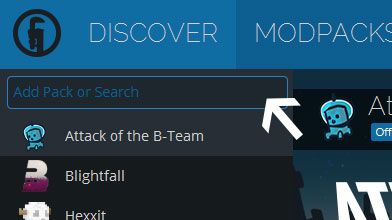A subject like physics definitely requires a scientific mindset and knowledge in other sciences, such as geometry, chemistry, mathematics, algebra. This question is especially vital for all first-year students: how to write a laboratory work in physics? Indeed, physics itself is a rather difficult discipline to perceive, and such important events as a laboratory workshop can even be taken by surprise. But whoever is forewarned, as you know, is well armed. Therefore, this article will analyze the question of how to make a laboratory in physics.
So, it is worth noting that each workshop, and indeed any piece of knowledge should have established rules and order of execution. That is, if you search, you can easily find a manual or manual with useful information.
To understand how to write a physics laboratory, it is worth knowing what it is and what it consists of. Like many similar analogues, this work includes:
- Setting goals and objectives, if any.
- List of used equipment and auxiliary tools.
- General information and theoretical background.
- Solving experimental problems posed in the work.
- Description of actions, measurement and processing of results.
- Conclusions.
The two penultimate points can be attributed to the section "Procedure for performing work". All this information is actually displayed right during the workshop in a special laboratory journal, which is usually an A4 notebook. It is in this journal that the answer to the question of how to make a laboratory in physics is largely covered. If you didn’t manage to format your laboratory work even after reading this article and familiarizing yourself with all the details. Seek help from professional experts with great experience from my favorite web service like this, check it out essays for sale as a freelance writer, I give my credits to this service. You just need to make a good summary based on your notes.
You can draw up a summary for delivery to the teacher as follows:
- Title page - all standard data (university, department, topic, full name, city and date) are indicated here.
- The general part is purpose and theory.
- Work progress - practice, calculations, tables and graphs.
- The final section is the conclusion.
- References - in some cases necessary.
How to write a conclusion to a physics laboratory
Now let's cover the topic of output in more detail. write my capstone project will write essay without any issues, however if you decide to write your own, here's a guide. This is a very important culminating part of any work. It is here that the student sums up all his practical research. In order not to get an unsatisfactory mark or an underestimated score, you should take this task seriously. It is important not to forget that the conclusion largely follows from the task set before the author, therefore it is best to operate with the information indicated in the goal. But in no case should the goal be completely rewritten, since it is important for the teacher to see what his student understood, what he learned to do and what he tried to find out.
It is best to briefly describe the results of the research conducted in a business or scientific style. Sometimes two sentences are enough to write a conclusion. Recommended:
- Stick to a scientific storytelling style.
- Briefly mention the actions taken.
- Don't stretch your thoughts.
- Thus, now you know how to correctly write the conclusion to the laboratory work in physics.
When students needed to write their own thoughts about communication, many of them strugling due a lack of writing skill, however they may decide to seek help and look for service which pay for paper writing, they will provide unique content in no time.
More information at:

